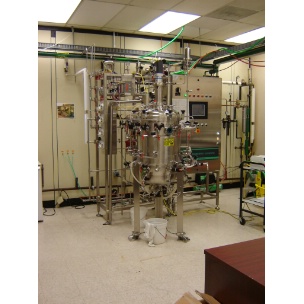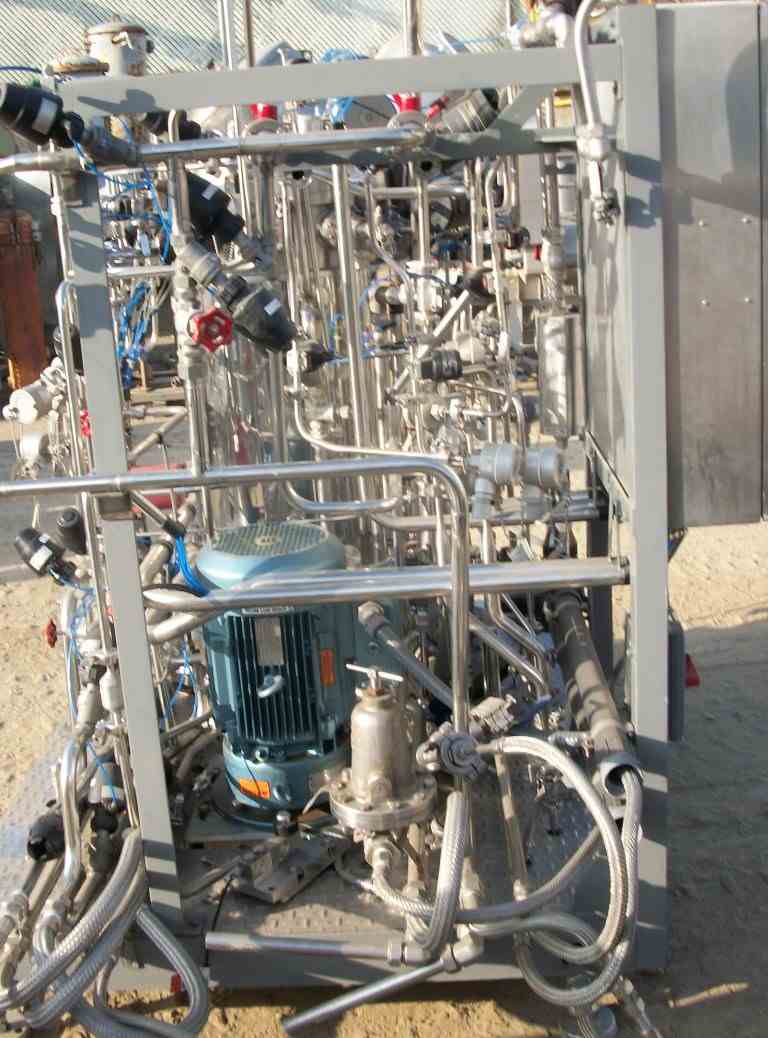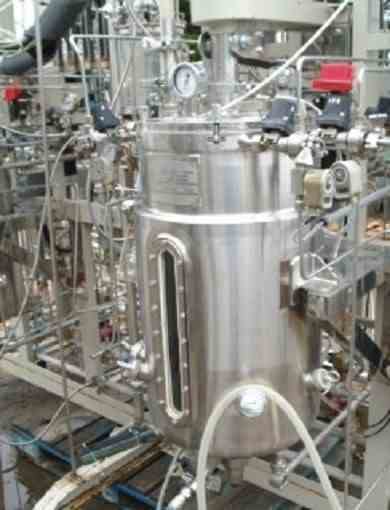

The next step is to introduce different conditions to each compartment - such as different types of microbes or a new carbon source to feed the microbes - to measure how well it removes nitrogen from the water.

So far, U researchers have constructed the bioreactor and divided it into eight compartments with equal water flow. “If we can increase the rate water flows through the bioreactor while maintaining efficiency, less water will bypass the system and more contaminants will be removed.” “We are trying to speed up the removal rates so that the process becomes more efficient,” said Gary Feyereisen, Ph.D., agricultural engineer with the USDA-Agricultural Research Service and adjunct assistant professor with the U’s College of Food, Agricultural and Natural Resource Sciences. Their strategies include supplementing bioreactors with specific types of microbes, as well as adding different food sources to fuel the microbes’ ability to efficiently remove nitrogen.
#Best fuel for bioreactor how to#
The U of M researchers are exploring how to work against these pitfalls to not only remove more nitrates, but to reduce phosphorus as well. Low temperatures tend to curb the systems’ efficiency and heavy rainfall can overload them, causing excess water to skip the bioreactor.

While a promising technology, current bioreactors only remove about one-third of nitrates from the water, according to a 2012 study of woodchip bioreactors conducted by researchers at Iowa State University, Kansas State University and the Iowa Soybean Association. The project’s initial funding came from the MnDRIVE Advancing Industry, Conserving Our Environment research area, with additional support from Discovery Farms Minnesota. Led by principal investigator Carl Rosen, Ph.D., head of the U’s Department of Soil, Water and Climate, the team has constructed a 360-foot-long, field-scale bioreactor in Willmar, Minn., to measure the way different variables affect the system’s efficiency. There’s just one problem with this low-cost, easy-to-maintain technology: It isn’t very efficient, and scientists do not understand it well enough to improve it.Ī team of University of Minnesota researchers is now studying the microbial mechanisms behind bioreactors to discover how to make them more efficient at removing nitrogen and phosphorus from agricultural runoff. By filtering drainage water through a trench filled with woodchips or a similar material, these systems take advantage of naturally occurring microbes to break down nitrogen compounds and improve regional water quality. Some farmers across the Midwest have installed bioreactors to help stop nutrients in agricultural runoff from washing into nearby lakes, rivers and streams.


 0 kommentar(er)
0 kommentar(er)
